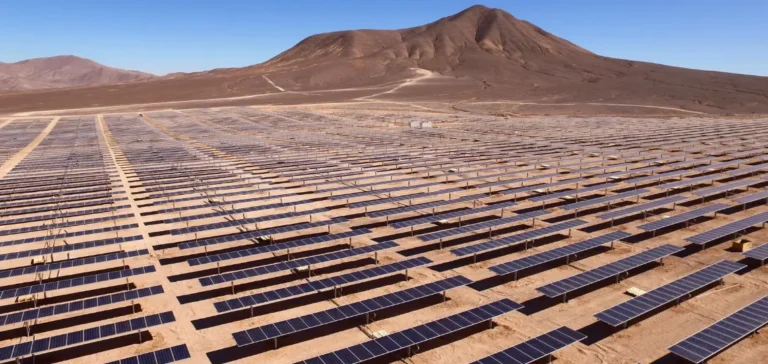Netherlands-based Gutami Holding has formalised a public-private partnership with the government of Burkina Faso, along with a 25-year Power Purchase Agreement (PPA) with Société Nationale d’Électricité du Burkina (SONABEL). The agreement covers the development of a 150-megawatt-peak (MWp) solar photovoltaic power plant integrated with a 50-megawatt (MW) battery storage system.
The total investment in the project is estimated at over €100mn ($109mn). Gutami Holding confirmed that all required permits have been secured, including environmental and social impact assessments, land rights, construction authorisations and grid connection approvals. The project is expected to be operational by the end of 2027.
Regional momentum for integrated solar and storage
This development aligns with a growing trend across West Africa, where several countries are rolling out combined solar and energy storage projects to enhance grid stability. In Senegal, the NEA Kolda project led by AXIAN Energy comprises 60 MW of solar capacity and 72 MWh of battery storage. The project has attracted €84mn ($91mn) in financing from FMO, DEG and the Emerging Africa and Asia Infrastructure Fund.
In Togo, AMEA Power has commissioned 70 MW of solar capacity in Blitta with 4 MWh of storage, and has signed a new agreement to expand this to 100 MW with an additional 14 MWh of storage. In Côte d’Ivoire, tenders are currently underway for two 100 MWp plants in Dabakala and Niakaramandougou, each featuring a planned 33 MWh of battery storage.
First major West African project for Gutami
The Burkina Faso operation marks Gutami Holding’s first large-scale initiative in West Africa. The company is concurrently developing two other solar projects in Southern Africa: one with 65 MWp capacity in Tanzania and another with 250 MWp in Botswana. The success of the Burkina Faso venture will largely depend on the mobilisation of financial partners and the robustness of institutional arrangements.
According to data published by Agence Ecofin on July 18, these initiatives reflect a wider effort by governments to improve energy access while reducing reliance on fossil fuels. However, coordination with lenders and adherence to implementation timelines remain critical to project delivery.






















